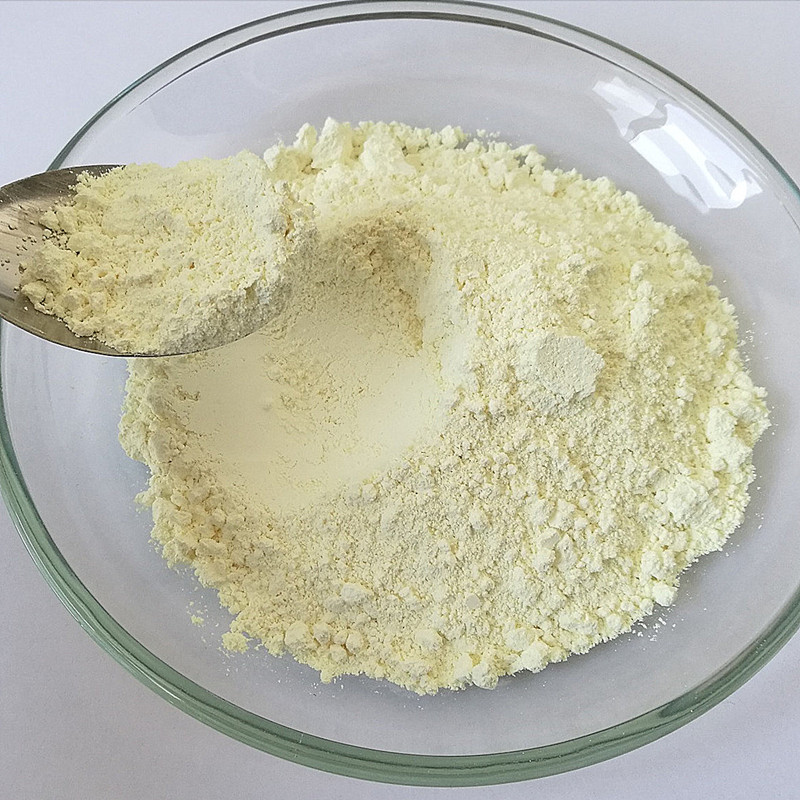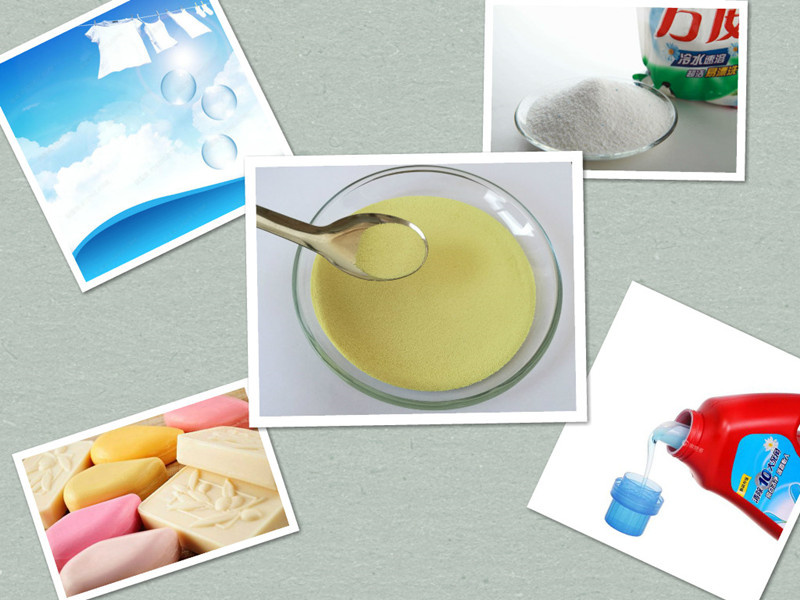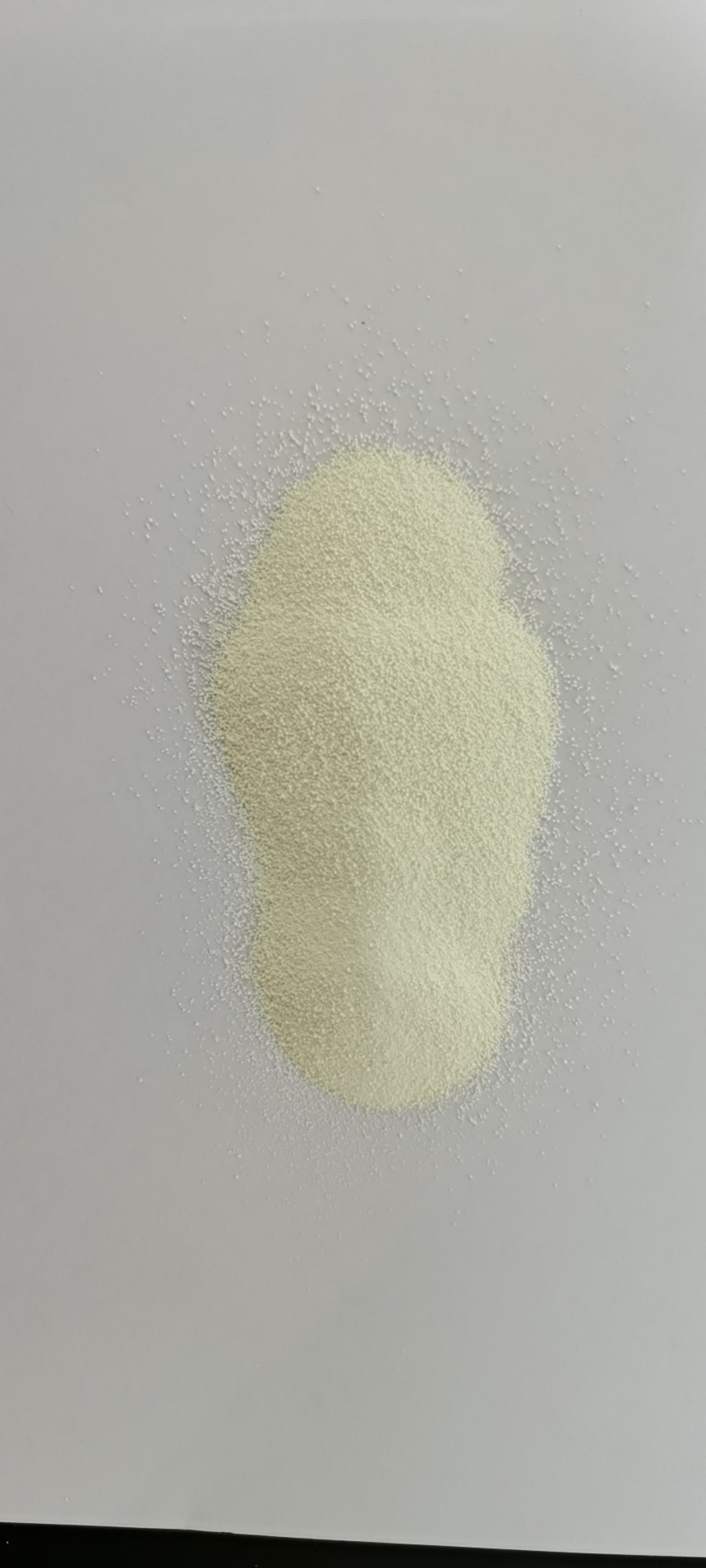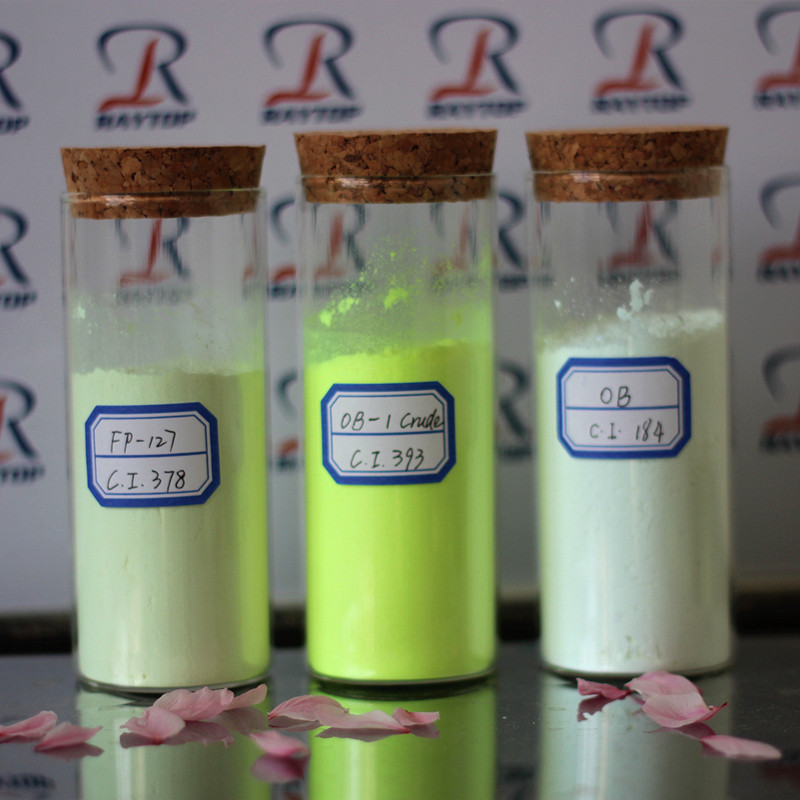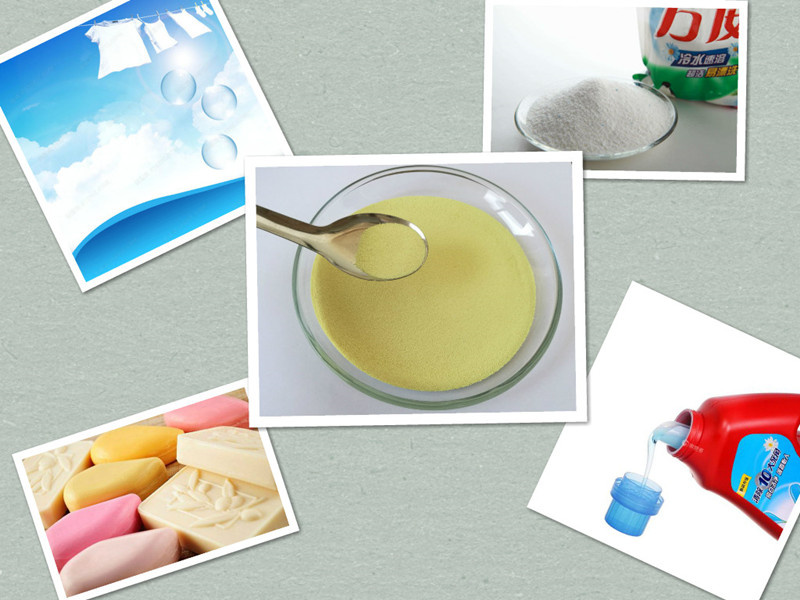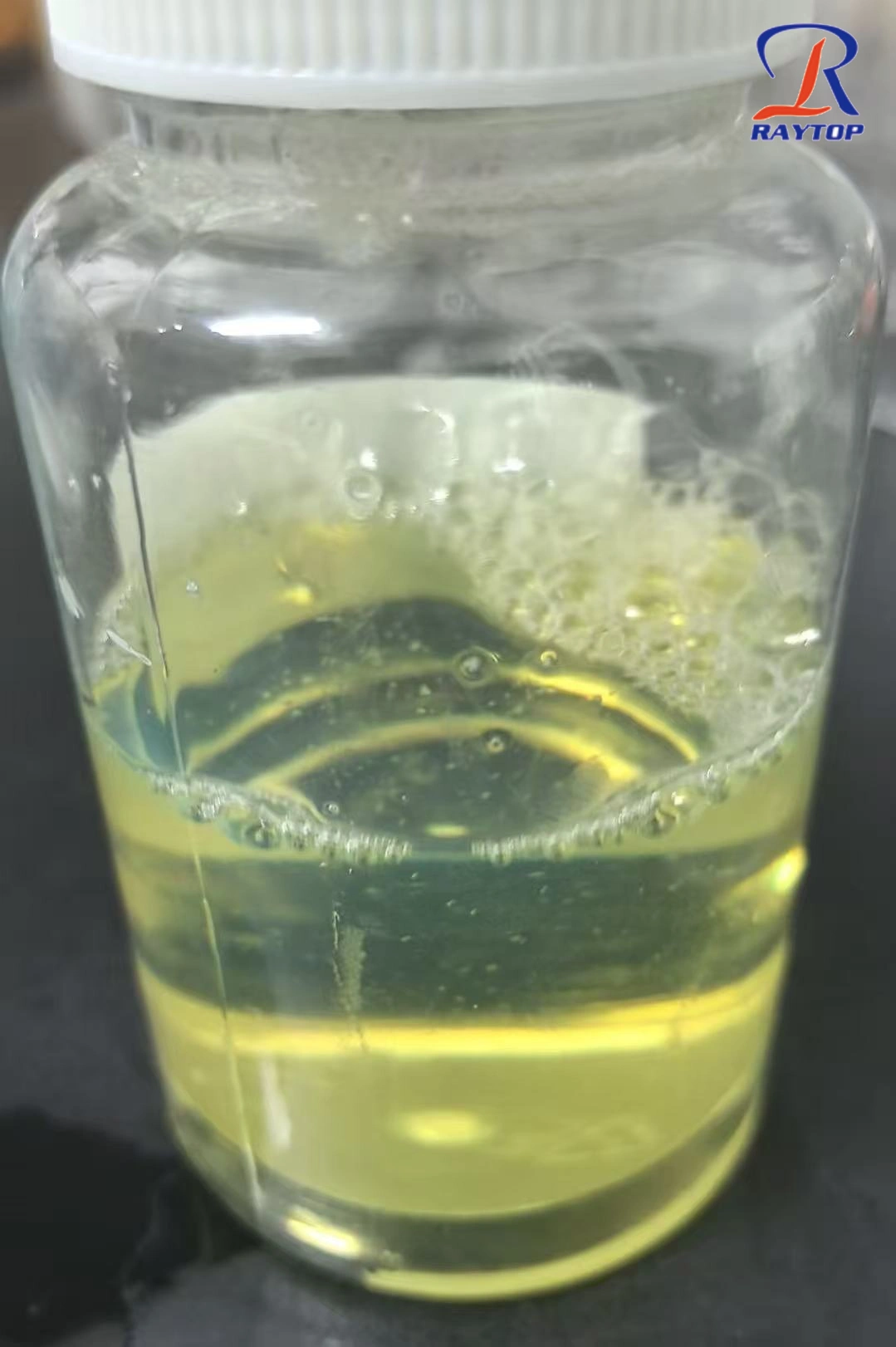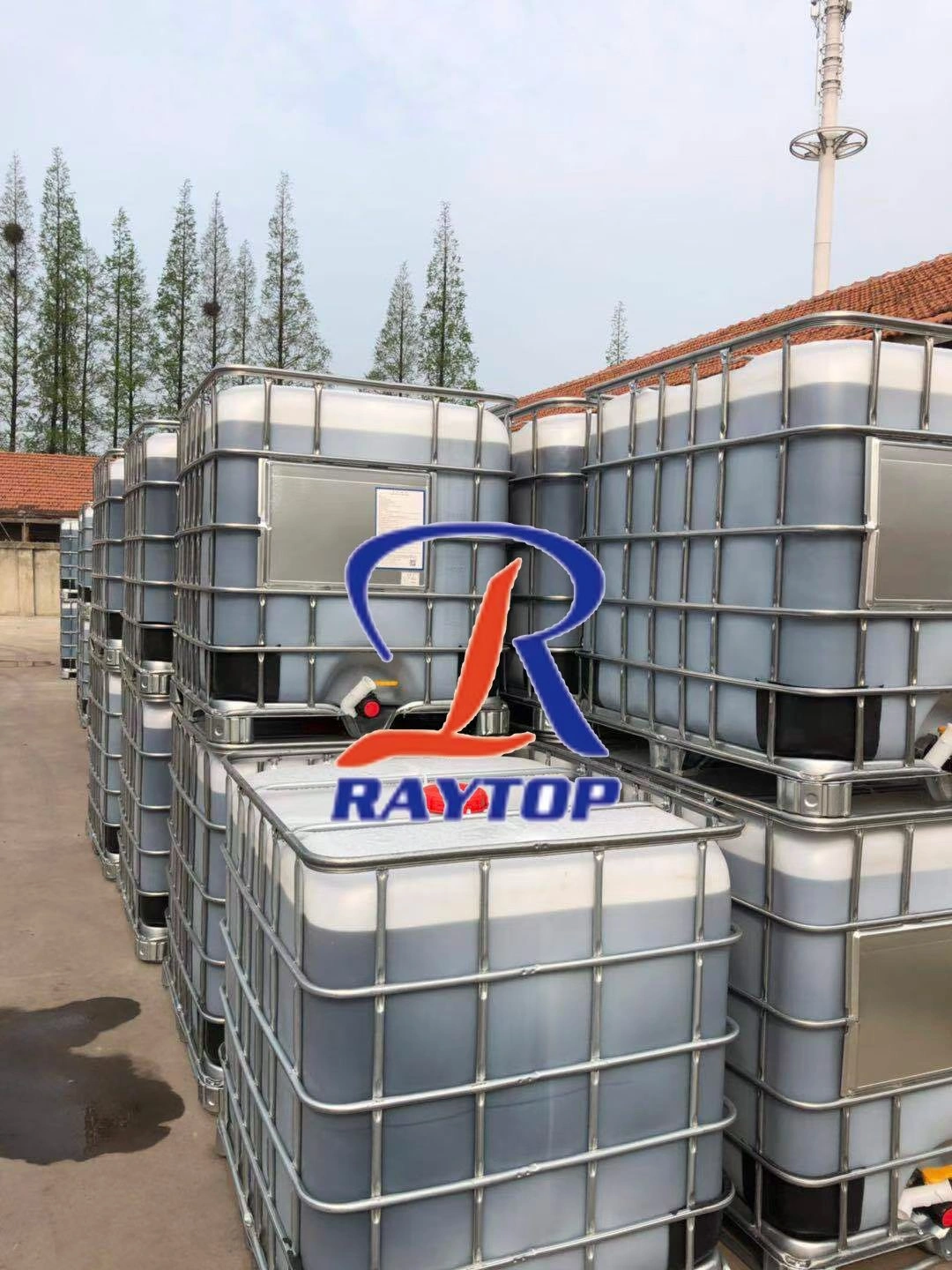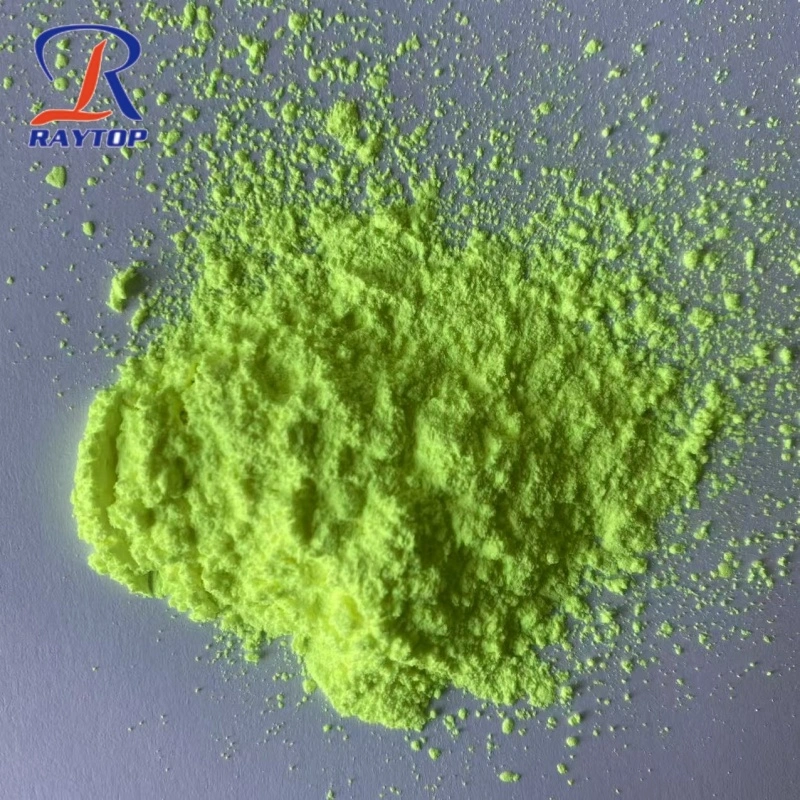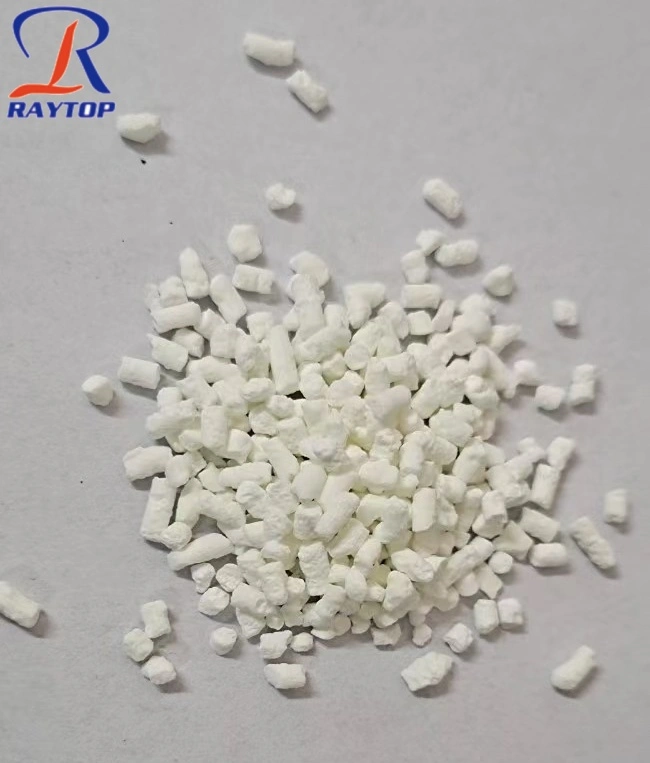Optical Brightener DMS C.I. 71 is also known as Optical Brightener AMS and Optical Brightener CXT (CI 71). It is a compound with stilbene bistriazine structure and is used for cellulose fibers with excellent performance and strong whitening effect. Brightener. It has the advantages of non-yellowing, high temperature resistance, alkali resistance, chlorine bleaching resistance, oxygen bleaching resistance, and light resistance. At present, my country's annual output has reached thousands of tons, some of which are exported to Europe, South Asia, Africa and other countries.
Such optical brighteners usually use a mixture of their inorganic salts (sodium sulfate) as the final product. Among them, the active component content of DMS is usually around 68%, and the active component content of AMS is around 86%. In the process of synthesizing such compounds, multiple by-products with varying contents are often formed. With the continuous improvement of customers' requirements for product quality, there have been relatively strict restrictions on potentially harmful by-products.
1. Test of OPTICAL BRIGHTENER DMS C.I. 71 part
1.1 Synthesis of optical brighteners DMS
The synthetic process of optical brighteners DMS includes three-step condensation reaction and pre- and post-treatment. The main raw materials are DSD acid, cyanuric chloride, aniline, morpholine and so on.
1.1.1 Beating of DSD acid
Add 500 mL of distilled water to a 1000 mL beaker, add 156g (95%) powdered DSD acid under stirring, make the slurry evenly, slowly adjust the pH value of the solution to 7-8 with 10% sodium carbonate solution, and let it stand for a while use.
1.1.2 Shrink
Add 2000 g of crushed ice into a four-necked flask equipped with a stirring and reflux condenser, add 154 g (99%) cyanuric chloride and a small amount of surfactant, beating and dispersing for 30 minutes, slowly adding the filtered DSD acid dropwise Sodium salt solution, and adjust the pH value of the solution with 10% sodium carbonate solution. Control the pH value of the solution at 515-6 at any time. After dripping for 015 hours, test the amino value. The disappearance of the amino group is the end point.
1.1.3 Two shrinkage
In the above-mentioned reaction solution, 84 g of aniline was added, and the pH value of the reaction solution was adjusted to 7. 5~8 with 10% sodium carbonate solution at the same time, and the temperature was raised to
30 ℃ ~ 40 ℃, keep the reaction for 2 hours, test the amino group value, the disappearance of the amino group is the end point.
1.1.4 Three shrinkage
In the above reaction solution, 87g of morpholine was added, and at the same time the pH of the reaction solution was adjusted to 9-10 with 10% sodium hydroxide solution, the temperature was raised to 95 ℃-100 ℃, and the reaction was kept for 5 hours. Then it was transferred to the pressure reactor, sodium hydroxide was added to adjust the pH value of the solution to be strongly alkaline, and the reaction was carried out at 100 ℃ to the end. Afterwards, water was added to adjust the concentration of the reaction solution, stirred and heated to 130 ℃ ~ 150 ℃, and the reaction was kept for 5 hours until the crystal conversion was completed. After discharging, filtering, drying and crushing, light yellow powder is obtained.
2. Conclusion
Optical brighteners DMS is a brightener used in synthetic detergents, washing powders, papermaking and other industrial products. The domestic annual output has reached thousands of tons. How to control the reaction conditions and reduce the content of "triazine" by-products is a key step to ensure its quality. In this paper, the method of synthesizing "triazine" standard substance was used to quantitatively determine the content of "triazine" in the optical brighteners DMS by liquid chromatography, and satisfactory results were obtained.
